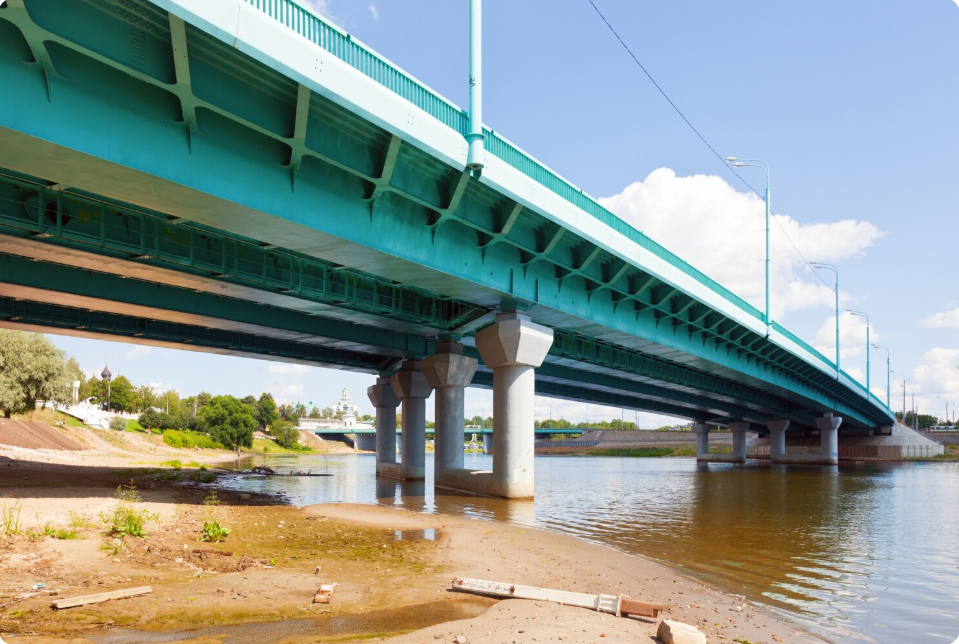Infrastructure projects requiring temporary bridge and roadway support represent some of the most complex and critical shoring applications in modern construction. These projects must maintain traffic flow and public safety while enabling necessary construction, repair, or replacement work. The consequences of failure extend beyond construction delays to include potential casualties among the traveling public, making proper design and execution absolutely essential.
The unique challenges of roadway shoring begin with load analysis that must account for moving vehicles rather than static building loads. Dynamic amplification factors, impact loads from heavy trucks, and fatigue considerations all influence design requirements. Unlike building shoring where loads are relatively predictable, roadway support must accommodate variable traffic patterns and occasional overload vehicles. Professional shoring contractors specializing in infrastructure work understand these dynamic requirements and design accordingly.
Maintaining traffic flow during construction requires creative solutions that balance mobility needs with work zone requirements. Temporary bridge structures enable traffic to bypass work areas entirely. Staged construction allows partial roadway use while work progresses on adjacent sections. Night work windows minimize traffic impacts but introduce additional safety challenges. Each approach demands specific shoring solutions tailored to project constraints and community needs.
The design of temporary roadway support systems must consider multiple failure modes beyond simple structural collapse. Differential settlement can create dangerous drops or bumps. Lateral movement might narrow travel lanes below safe widths. Vibration from traffic can loosen connections or cause fatigue failures. Comprehensive design approaches from experienced california shoring contractors address all potential failure modes with appropriate safety factors.
Public safety considerations extend throughout work zones supported by temporary structures. Clear sight lines must be maintained for driver visibility. Protective barriers must prevent errant vehicles from striking shoring elements. Pedestrian access requires special attention, particularly for Americans with Disabilities Act compliance. Warning signs, lighting, and traffic control devices integrate with shoring systems to create safe passage through construction zones.
Quality control for roadway shoring demands exceptional attention given the public safety implications. Materials must meet specifications without exception. Installation tolerances are typically tighter than building applications. Continuous monitoring during use detects any developing problems before they threaten safety. Regular load testing may be required to verify capacity. These quality measures require dedicated oversight from qualified personnel.
Coordination with transportation agencies adds complexity to roadway shoring projects. Permits, lane closure approvals, and inspection requirements vary by jurisdiction. Emergency vehicle access must be maintained. Public notification requirements may mandate extensive outreach. Bay area structural shoring contractors experienced in infrastructure work maintain relationships with agencies that facilitate smooth project execution.
The future of roadway shoring will likely emphasize accelerated construction techniques that minimize traffic disruption. Prefabricated bridge elements, rapid installation methods, and extended design life for temporary structures all trend toward reducing public impact. Advanced materials and monitoring technologies promise improved safety and reliability. As infrastructure renewal accelerates nationwide, innovative roadway shoring solutions will play an increasingly vital role.

